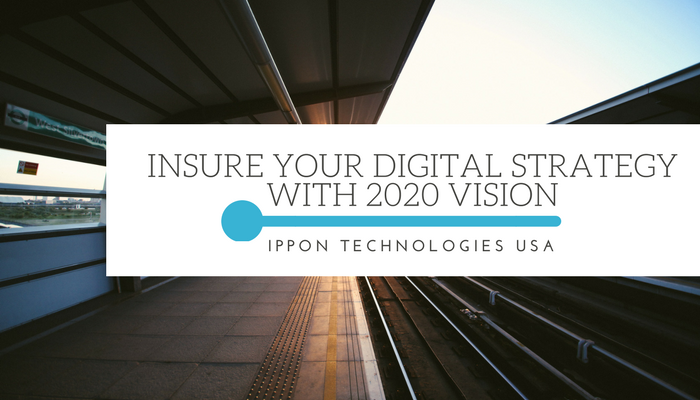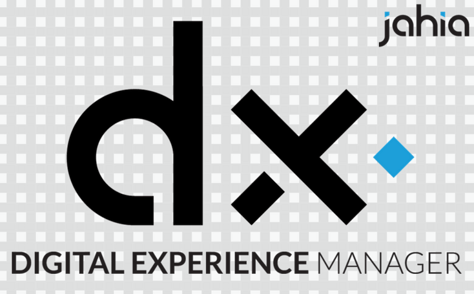As we approach the year 2020, there are a few important technology trends that are shaping our future - IoT, AI, Augmented/Virtual Reality, automation, and robotics. All of these trends largely impact the insurance industry. IoT devices enable personalized data capture used in telematics for driving habits, health tracking via wearable devices, home monitoring for carbon monoxide and smoke detection, drones for property inspections, and much more. Artificial Intelligence can provide individual habits and risk factors, proactively initiate claims, analyze photos and other data, or detect fraudulent claims. Insurance companies are using Augmented/Virtual Reality to give consumers enhanced depictions of potential risks and guide them through stressful situations. Robotics such as self-driving cars, surgical robots, and virtual assistants are changing traditional insurance-related procedures in every sector.
Digital Fusion
The common theme in the current technological evolution is a deeper connection between our physical and digital worlds. As we rely more on technology in our everyday lives, we fortify our digital connection and heighten our expectations. As consumers, we expect and seek a seamless digital experience in every facet of our digital interactions. We demand mobility and constant connectivity, and have little patience for products and services that are lacking.Out with the old, in with the new
The insurance industry has historically relied on manual operations throughout pre-purchase, purchase, servicing, renewals, claims handling, and management. Developing and executing a transformation strategy is a complex challenge for several reasons.Creating or integrating technology into a stable process is risky.
A digital strategy involves more than just marketing. To be efficient, processes should be automated throughout the organization. With insurance, this means that consumers need the ability to get quotes, purchase policies, manage those policies, file claims, and make/receive payments online. Agency operations must be empowered by technology to simplify pricing, underwriting, production, claim settlement, and more. Stakeholders must have reporting and monitoring tools available that give them transparency into operations to analyze the current process and continually improve upon it. Transforming a process that utilizes legacy products and tools requires an iterative approach. Help from technical firms with experience in the insurance industry and agile methodology can save tremendous time and pain during the transformation process.Streamlining is difficult.
This goes back to consumer expectations. Maintaining your brand and creating a familiar experience across all segments requires standards and initial design work that can be applied across various applications. This can take time and many iterations to get it right. Aside from the user experience, you’ll want continuous integration and delivery processes for software releases and testing, centralized monitoring and logging, and aggregated BI reporting.Competition is stiff.
New insurance companies already have newer technology and have invested in digital marketing to gain market share. While more mature insurance companies maintain a large share, new generations require digital solutions that cater to them. Several organizations are well on their way to digital transformation. One important part of any strategy is to keep it pliable. Try new things with small test groups and compare the results. In other words, fail fast. The bigger they are, the harder they fall, so mitigate risk by making decisions based on hard facts.Raising The Bar
Companies that invest in technology and digital strategies are setting the bar high for customer satisfaction and retention. In the coming years, a few things that will continue to raise the bar include:1. Immersive Marketing
Marketing methods have changed rapidly over the past two decades. Since the birth of online marketing, SEO and social media marketing have become essential. With the rise of VR/AR, we need to consider these concepts and possibly use them in our digital strategies. While there may not be a particular use case for virtual reality, the key is understanding that the concept should be honored in our advertising efforts. 360° videos, interactive visualizations, and gamification are just a few ways to close the gap.2. Personalization Automation
Artificial Intelligence will play a large role in creating personalized relationships with consumers. The first step to achieving this is capturing personal data continuously. Machine learning can allow us to leverage insights from this data to more accurately understand how to interact with consumers, address concerns, and proactively mitigate loss. The proof is in the numbers, and machines are capable of spotting trends that are otherwise overlooked by humans. Actions based on patterns can be exposed in the form of chat bots, IVR, product recommendations, and much more.3. Data Visualization
A great way to create an immersive experience for consumers is to provide concise visual insights. As consumers, we expect our numbers to be crunched and given to us in an easily digestible format. At a glance, we want to see our estimated costs, number of claims, or possible risks. Interactive visuals empower consumers to quickly process information, but also provide comfort in transparency of the details.Investing in Marketing and Technology
Research shows that insurance companies investing a larger percent than their competitors in marketing and technology are seeing greater revenue growth year over year. This is no coincidence. Technology is disrupting tradition in the insurance industry in so many ways: IoT device analytics, drone field adjustments, automated claims, fraud detection, and much more. Proper use of technology is essential to support digital marketing strategies, and must be embraced. Data needs to be continually analyzed to realize gains and maintain an edge on the competition. Digital strategies require a stable foundation of technology and a culture of innovation and disruption. There is no longer a question whether or not insurance companies need to invest in a digital strategy; the question is how.If anything in this article piqued your interest and you would like more information on developing your digital strategy or Ippon Technologies USA, we’d love to hear from you! Please send your questions and inquiries to contact@ippon.tech.





Comments